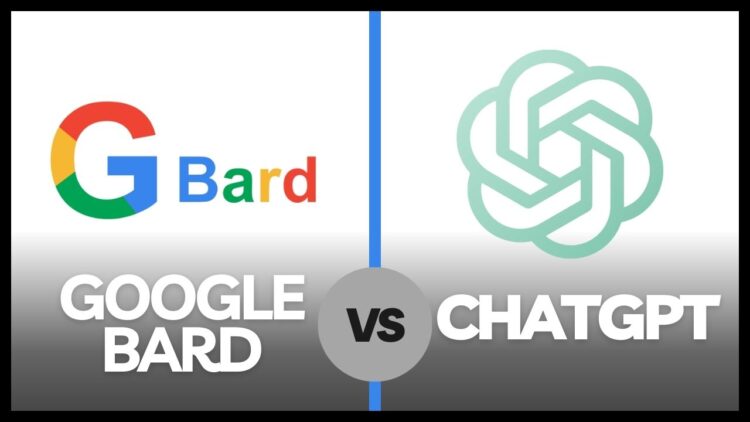However, it’s essential to acknowledge that ChatGPT does have its limitations. One notable drawback is its training data, which is based on information up until September 2021. Consequently, it may not be fully updated with the latest news and trends, posing a potential challenge when seeking real-time and current information.
On the other hand, Google’s Bard offers fantastic and vital points, which makes him a game changer.
In a groundbreaking announcement, Google has expanded the accessibility of its remarkable AI chatbot, Bard, to users in over 180 countries. This strategic move by the tech giant brings many new features that promise to elevate the user experience to unprecedented levels. With the growing recognition of OpenAI’s ChatGPT, which has made significant strides across various industries, Bard enters the scene as a direct competitor.
Introduced in March 2023, Bard quickly garnered attention for its ability to provide comprehensive and human-like responses to prompts in natural language, similar to the popular ChatGPT. Building on its momentum, Google recently unveiled Bard at a developers’ conference, making it available to users worldwide. To maintain its competitive edge, Google has introduced a range of exciting upgrades, ensuring Bard remains at the forefront of innovation. The most significant advantage of Bard is its complete accessibility and free-of-charge availability.
With both Bard and ChatGPT now in the AI chatbot arena, it’s worth exploring how Google’s creation pushes the boundaries through experimentation, edging closer to surpassing OpenAI’s formidable offering. This article will delve into the exciting advancements of Google’s chatbot and shed light on how it is poised to shine brightly in the ever-evolving AI landscape.
Bard Can Help You to Understand Codes

Bard’s code explanation feature goes beyond just providing a surface-level understanding. It delves into the intricacies of the code, breaking it down step-by-step and highlighting key concepts. This in-depth explanation helps users grasp the underlying logic and principles behind the code, enabling them to enhance their programming skills.
Furthermore, Bard’s ability to answer specific questions about the code fosters a dynamic learning experience. Whether you’re curious about a specific line of code, a particular function, or the overall flow of the program, Bard is there to provide clear and concise answers. This interactive approach allows users to bridge knowledge gaps, gain insights, and troubleshoot their code effectively.
Accessible and user-friendly, Bard makes the process of understanding code hassle-free. With its comprehensive explanations and the ability to address specific queries, Bard confidently empowers users to learn, improve, and overcome coding challenges.
Bard Can Work On Voice Input

While ChatGPT has its strengths, it falls short in the area of image and voice prompts, where Google’s Bard truly shines. Bard sets itself apart by offering innovative features that allow users to interact through images and voice commands. This breakthrough development positions Bard as a pioneering AI chatbot, going beyond traditional text-based interactions.
With Bard, users can seamlessly engage with the chatbot using voice commands, making it a convenient and hands-free experience. Whether you’re on the go, occupied with tasks that require the use of your hands, or simply prefer verbal communication, the voice input feature of Bard offers a seamless solution.
The introduction of voice input also proves invaluable for tasks such as dictating lengthy texts or presenting complex questions. This expanded range of interaction possibilities enhances the overall user experience, making Bard a standout choice for those seeking a more versatile and intuitive AI chatbot.
Google Bard and Images

One of the standout features of Bard is its remarkable capability to utilize images as prompts, taking AI chatbots to new heights. With Bard, users can leverage Google Lens integration to scan images and obtain relevant information or responses. This feature opens up a world of possibilities, allowing users to seek information and engage with the chatbot using visual cues.
For instance, imagine you encounter an alien plant in your garden. With Bard, you can simply photograph the plant and inquire about its name and care instructions. Bard will then analyze the image and provide accurate and helpful responses. This represents a significant advancement in the realm of AI chatbots, as it introduces a more intuitive and visual approach to interaction.
The ability of Bard to process image prompts demonstrates a noteworthy stride forward in the field of AI, showcasing the potential for chatbots to incorporate visual information and provide comprehensive and relevant insights to users.
Bard Can Summarize Web Pages

Another remarkable feature of Bard is its ability to summarize web pages, providing users a convenient way to grasp the essence of lengthy or intricate articles. By simply pasting the URL of the desired web page, Bard can generate a concise summary, saving you valuable time and effort.
The flexibility of Bard’s summarization feature allows you to tailor the summary’s length and level of detail to suit your specific requirements. Whether you need a brief overview or a more comprehensive synopsis, Bard can adapt to your preferences.
This functionality is invaluable for individuals who need to stay informed but are constrained by time or prefer a condensed version. With Bard’s web page summarization capability, you can efficiently process and digest information from various sources, enabling you to stay up to date quickly.
Planning Trips

An outstanding feature of Bard is its capability to assist in trip planning, encompassing flight and hotel searches as well as suggesting activities. Providing Bard with information about your desired destination and travel dates can generate a comprehensive travel plan tailored to your preferences. You can also specify your budget and preferences, allowing Bard to customize the plan accordingly.
One notable advantage of Bard over ChatGPT is its up-to-date database, which ensures that the travel recommendations provided are current and relevant. Bard can suggest the latest attractions, restaurants, and landmarks, enabling you to explore the most popular options.
With Bard as your travel companion, you can rely on its advanced capabilities to plan your trips more efficiently, discover exciting destinations, and make the most of your travel experiences. Whether you’re seeking recommendations or need assistance with bookings, Bard is equipped to guide you every step of the way.
Conclusion

Google’s AI chatbot Bard has significantly progressed in natural language processing and chatbot capabilities. With its innovative features like voice and image prompts, Understand Codes, web page summarization, and trip planning; Bard offers a compelling alternative to chatbot platforms like ChatGPT. The ability to interact through voice commands and leverage image prompts showcases Bard’s commitment to enhancing user experience and convenience. Additionally, Bard’s up-to-date database ensures users receive the most relevant and current information, setting it apart from competitors. As Bard continues to evolve and push boundaries, it solidifies its position as a prominent player in the AI landscape.




